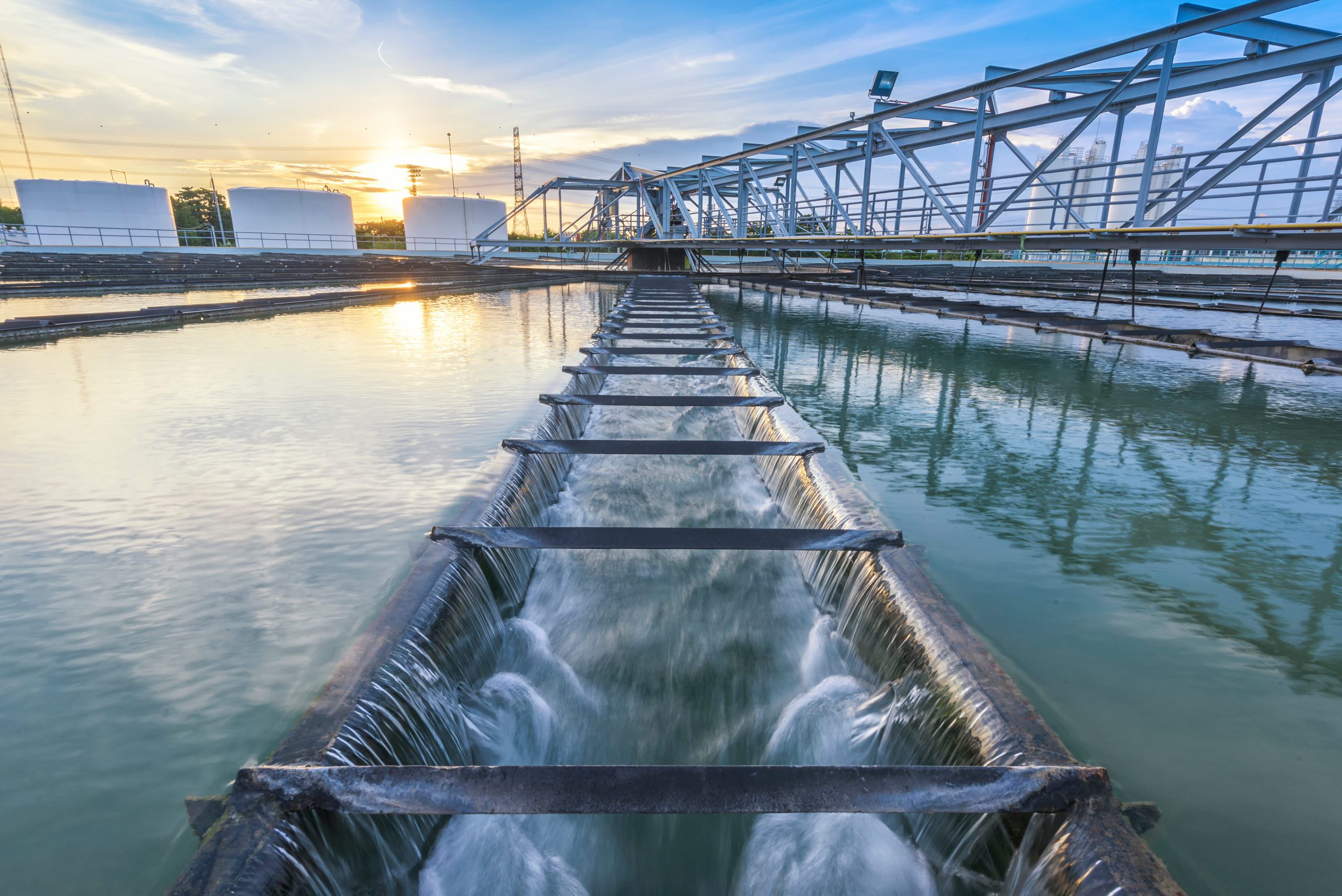The Efficiency and Durability of GRP and PAFSIN Pipes in Water Treatment Plants: Modern Solutions for Sustainable Infrastructure

Water treatment plants play a crucial role in managing water resources and protecting the environment, ensuring that wastewater is treated and purified before being reintroduced into the ecosystem. An essential element in the infrastructure of these plants is the pipeline system, which ensures the efficient transport of water throughout the various stages of the treatment process.
In recent years, pipes made from advanced materials such as GRP (Glass Reinforced Plastic) and PAFSIN (Polymer Reinforced with Glass Fibers and Nomeric Insertion) have gained popularity in this sector due to the numerous advantages they offer.
GRP pipes are made from glass-reinforced plastic, a composite material known for its high resistance to corrosion and durability in harsh environments. This characteristic makes them ideal for use in water treatment plants, where water often contains chemicals that can quickly damage other types of pipes. Additionally, GRP is a lightweight material, which facilitates installation and reduces transportation and labor costs. These pipes also have a long lifespan, contributing to the minimization of long-term maintenance costs.
PAFSIN, on the other hand, represents another advanced type of pipe, characterized by an excellent combination of mechanical strength and chemical stability. Made from a composite similar to GRP, these pipes have been optimized to withstand high pressures and prevent the infiltration of external substances into the treatment system. The nomeric insertion adds extra rigidity and durability, ensuring superior performance under demanding operating conditions.
The use of GRP and PAFSIN pipes in water treatment plants offers significant benefits, including long-term reliability, reduced maintenance costs, and superior resistance to adverse conditions. These innovative materials contribute to the efficiency of treatment processes while providing enhanced environmental protection by minimizing the risks of leaks or damage. In conclusion, the adoption of these modern solutions in water treatment infrastructure represents an important step towards sustainability and efficiency in water resource management.
